One of the biggest novelties of the newly released iOS 16 operating system is clearly the redesigned lock screen. It has seen quite fundamental changes and has moved the overall level several steps higher. In particular, we have seen the possibility of pinning widgets to the lock screen and its customization.
It could be interest you
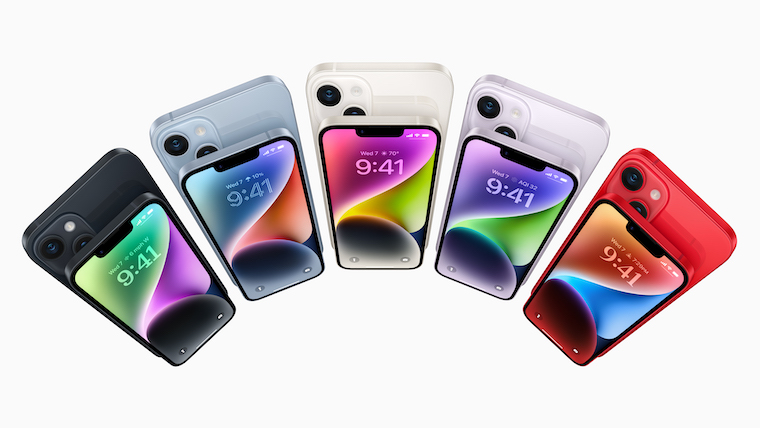
To make matters worse, we can set several lock screens - for example, distinguish them with different widgets - and then use them according to which one suits us best at the time. In practice, we can alternate the locked screen for work, afternoon or night. But the truth is that manually switching between them would not be very practical. And that's exactly why Apple has linked them to focus modes, making them change automatically. In this article, we will therefore shine a light on the lock screen, or rather, we will focus on tips and tricks for its customization and settings.
Use pre-made styles
If you don't want to waste time with customization, then the perfect option is to use the ready-made styles that are available within the iOS 16 operating system. When creating a new screen, they are offered to you immediately, in several categories for better clarity - Recommended, Suggested photos, Weather and astronomy, Emoticons, Collections and Color.
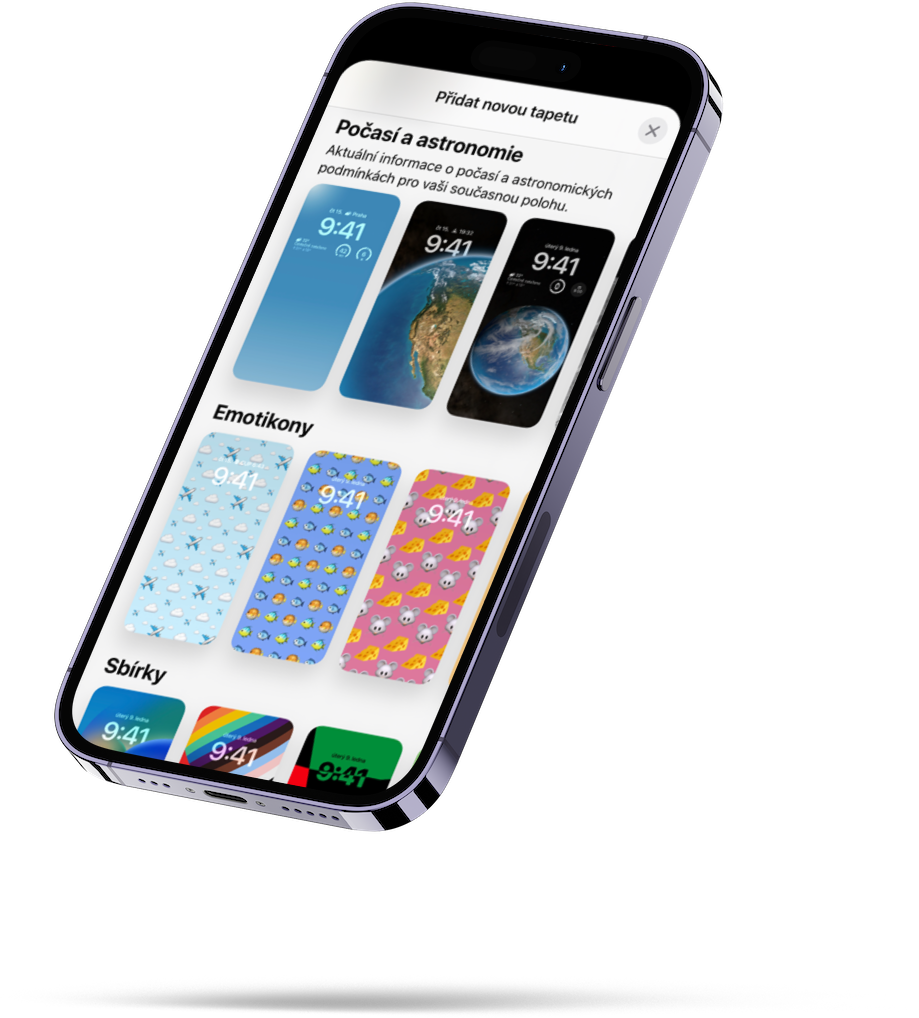
At the same time, the option to add a wallpaper with a random selection of photos is also offered. After clicking on the plus icon, which is used to add a new wallpaper, you will find the option to select a selection at the very top. Here, all you have to do is click on the images that you like the most and you are practically done. The pre-prepared styles have something to them and are fully sufficient for the vast majority of apple growers. So, if you don't want to waste time with editing, this is a great choice - it might just be appropriate to swap or otherwise adjust the displayed widgets so that they show you what is most important to you.
Linking focus mode
One of the best tweaks is linking the lock screen to focus modes. Of course, you have to set this manually and determine which screen should be associated with which mode. This is why it is necessary to have the concentration modes created at all before linking. You don't even need to set them up right away - you can do all that after connecting them to the screen. But of course it is necessary to have them at all.
So let's take a look at the connection itself. In practice, it is quite simple, and the operating system itself will tell you what you need to do. At the selection, specifically at the bottom, you can see the inscription Focus mode along with the connection icon. As soon as you click on the button, you will see a menu for the connection itself, where all you have to do is select a specific mode. As soon as it is subsequently activated, the locked screen is also switched automatically, which can noticeably make everyday use of the phone as such much more pleasant. However, if you realize in this step that you are missing a mode, luckily you don't even have to go back. At the very bottom is the option to set them up.
Use the full power of widgets
Widgets play a rather important role and today are seen as an integral part of the iOS operating system. That is why it is rather surprising that Apple brought them directly to the desktop relatively late, years after the competing Android system. However, with the new version of iOS 16, widgets are also heading to the lock screen. As we've mentioned several times before, you can now set widgets to show up directly in situations where your phone is locked. If you're using a pre-made lock screen style that already offers some widgets, that certainly doesn't mean you have to stick with them.
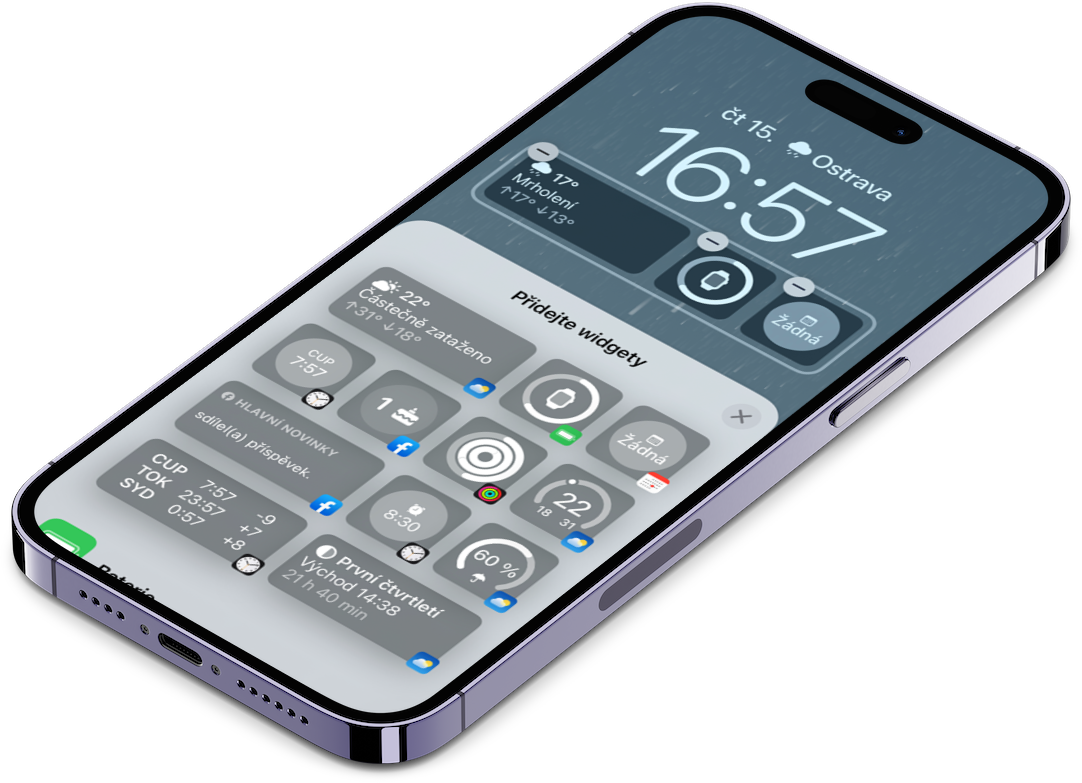
You can customize the widgets and use exactly the ones that suit your needs best. For example, if you are an avid athlete, then it will be most important for you to have an overview of your condition and the filling of rings. In addition, you can connect all this with the already mentioned concentration modes. For example, if you have an active work mode, you can visualize the lock screen with widgets related to the calendar, reminders or home, while at home it may be essential for you to visualize the aforementioned fitness or social networks. In short, there are countless options and it is up to each user to combine them.
Change the font style
In addition, the lock screen comes with a brand new design, which is accompanied by a new font style for the clock. The text is now slightly stronger. On the other hand, this does not mean that you have to settle for this new style. If it doesn't quite suit you, it can easily be changed. In that case, just hold your finger on the clock and select the option in the lock screen selection option Adapt. Subsequently, you just need to tap directly on the clock, which will open the font and color menu. Here you can choose the most preferred style, or change its color to white and you're done.
It could be interest you
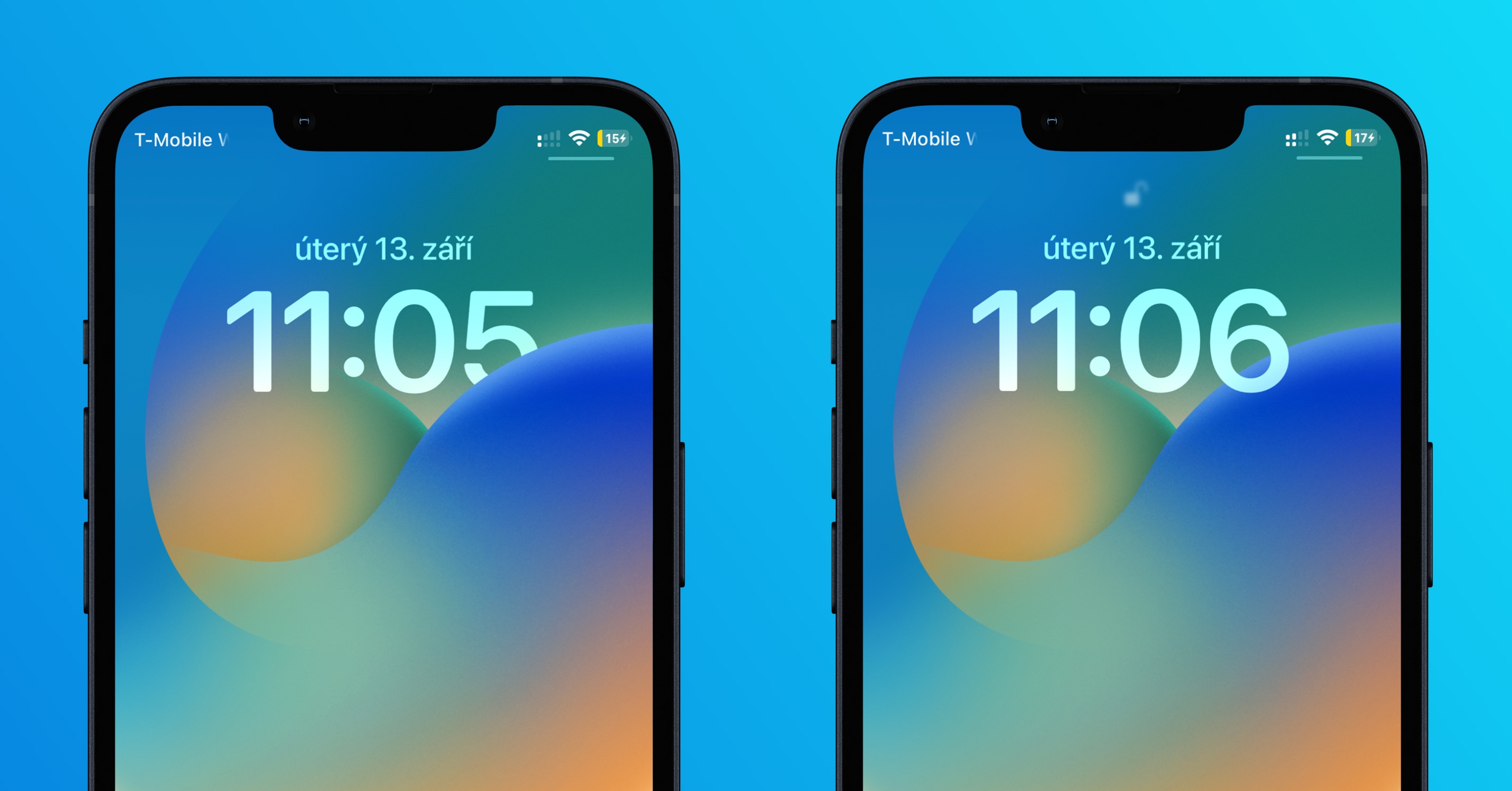
Win with effects
If you want to set a photo on your lock screen, then you have another great option. In this case, you can set so-called effects - similar to, for example, photos on Instagram. Once you're in edit mode for a particular lock screen, just swipe from right to left to see if you like any of the styles more than the photo itself.
Closely related to setting a photo on the lock screen is the ability to crop it. You can achieve this relatively easily, when you just need to zoom in or out with two fingers directly in the editing mode. It works practically exactly the same as if you wanted to zoom in on a given photo in the gallery. By moving two fingers away from each other, you zoom in, with the opposite movement (towards each other), you zoom out.
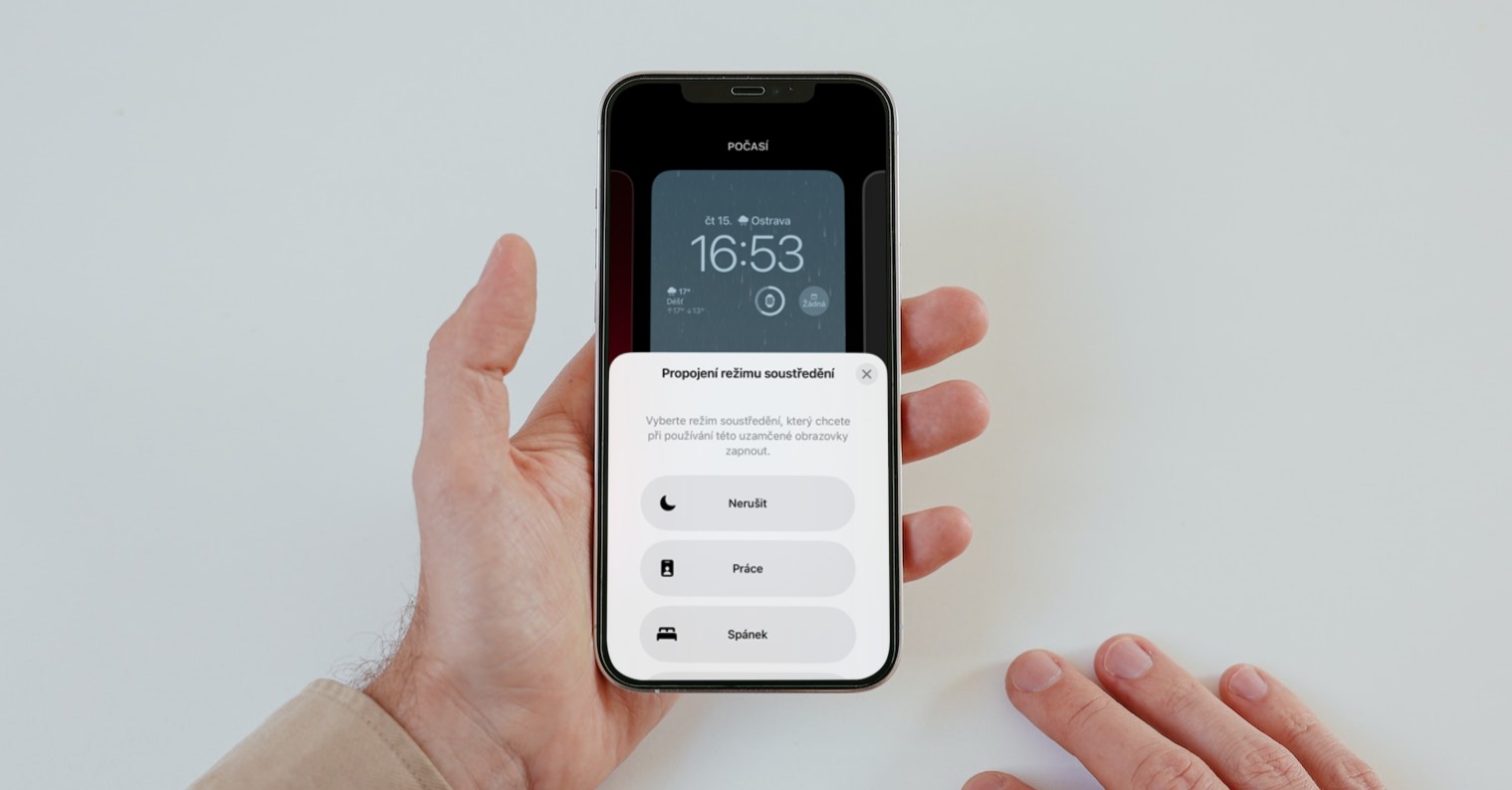
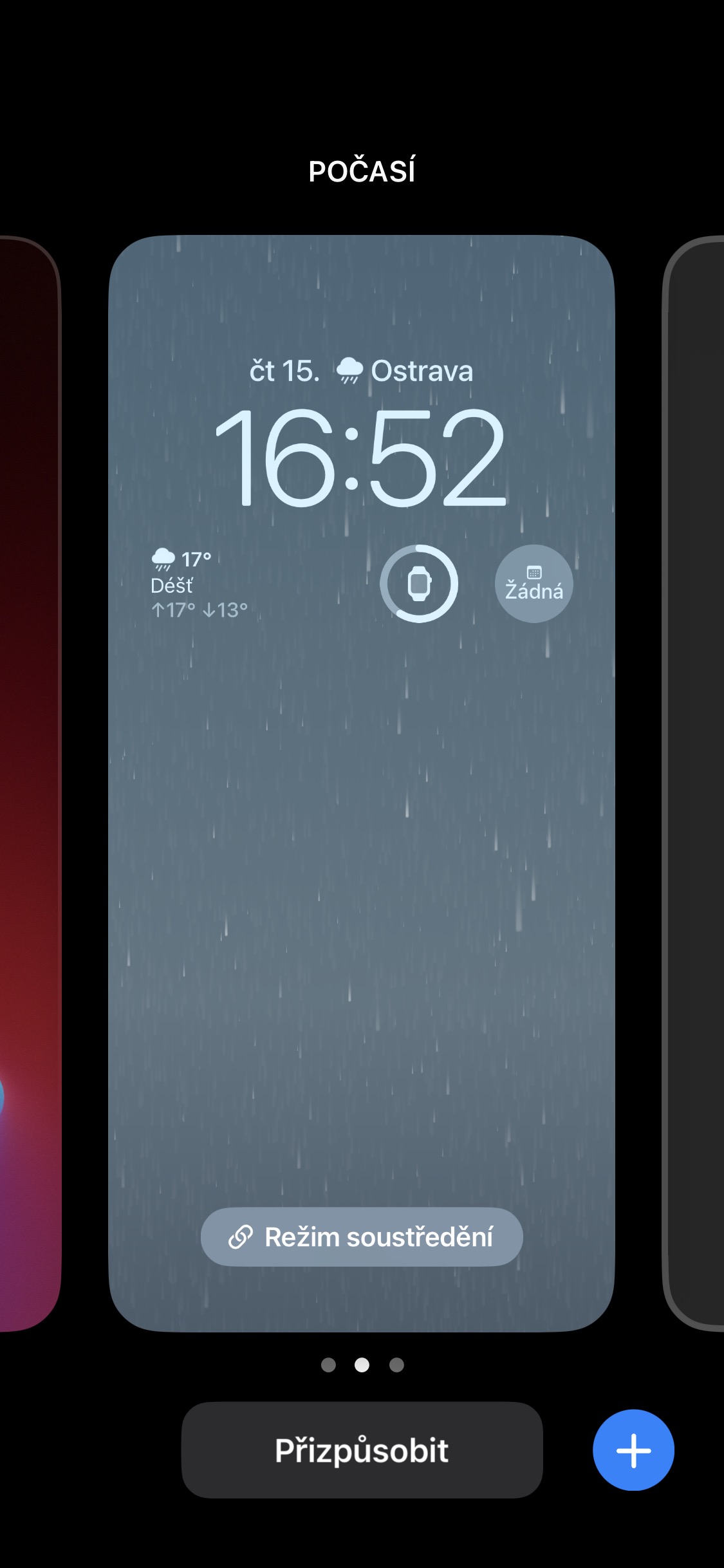
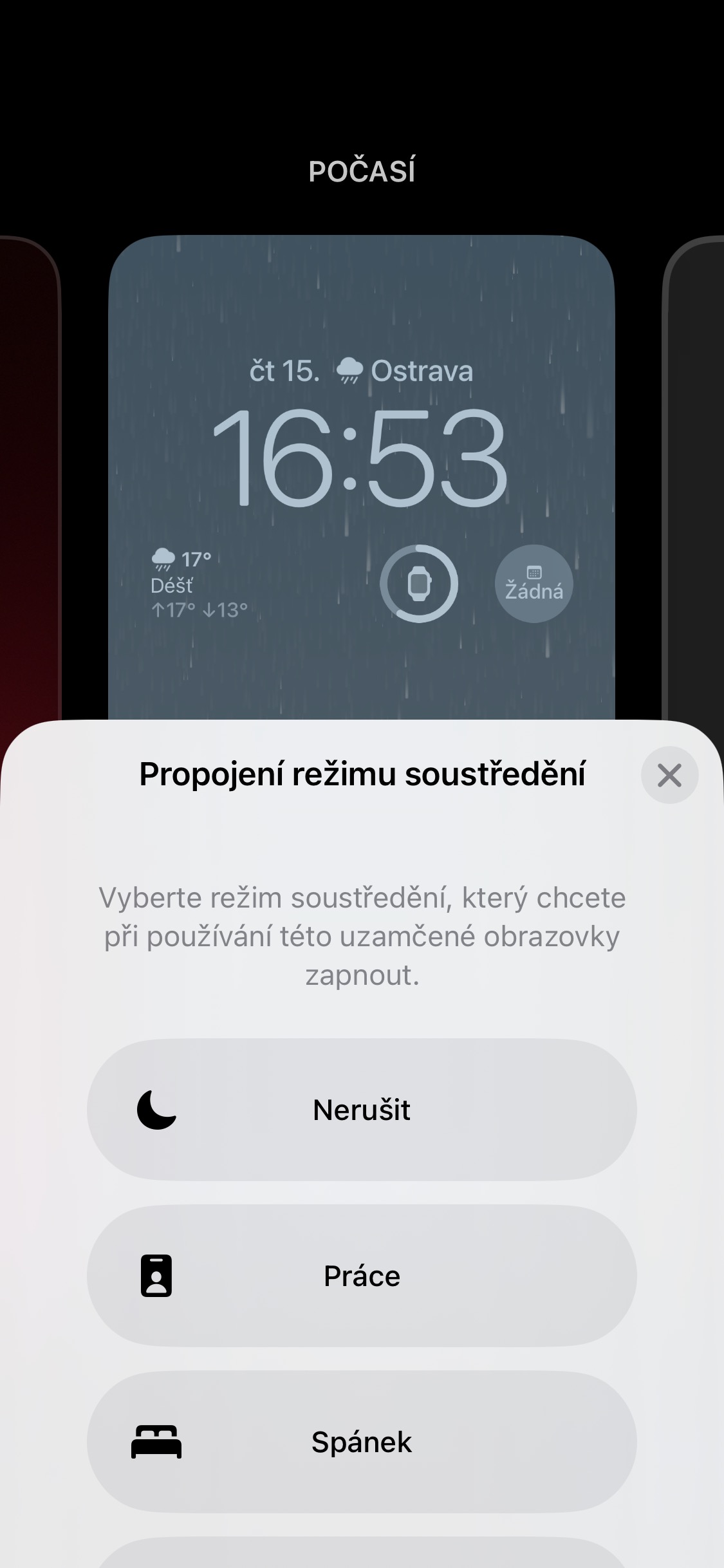
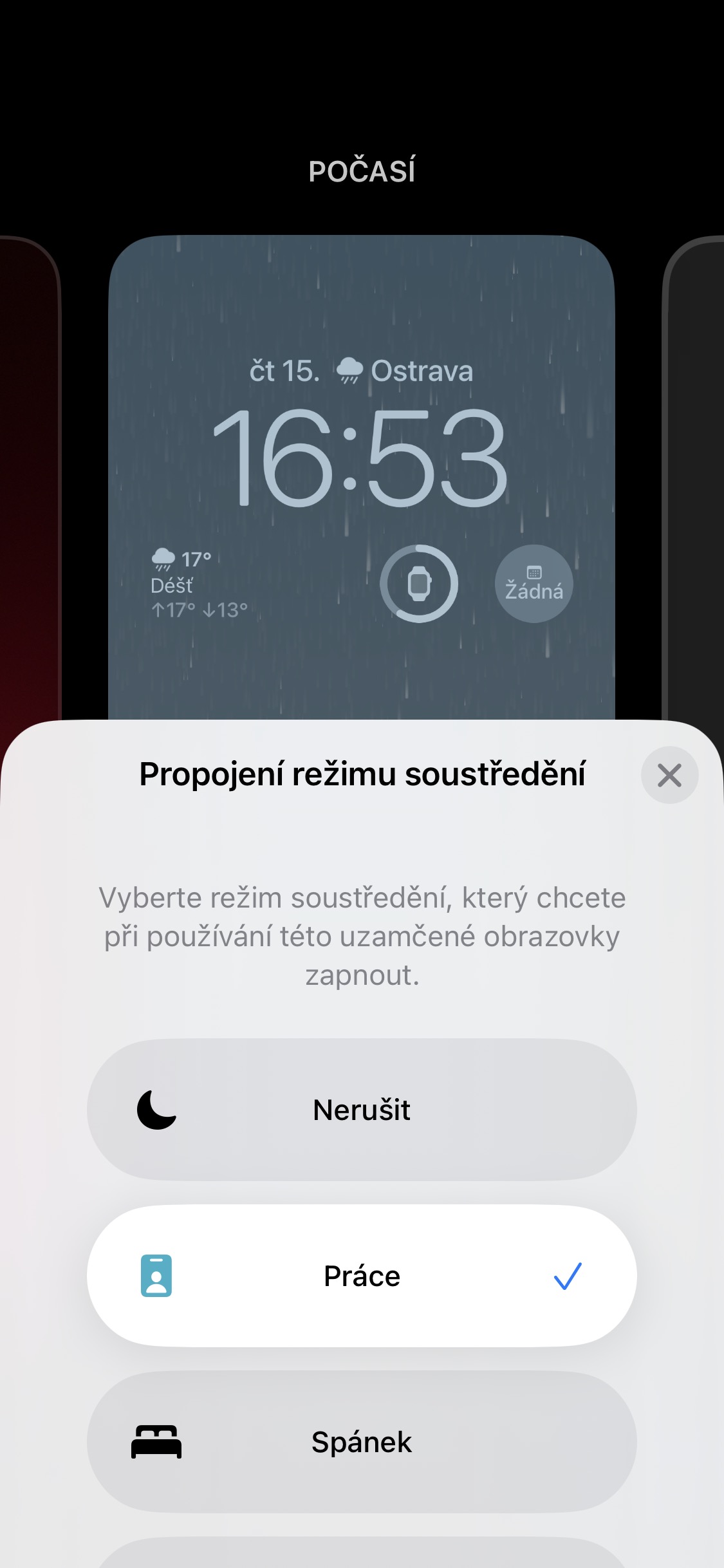
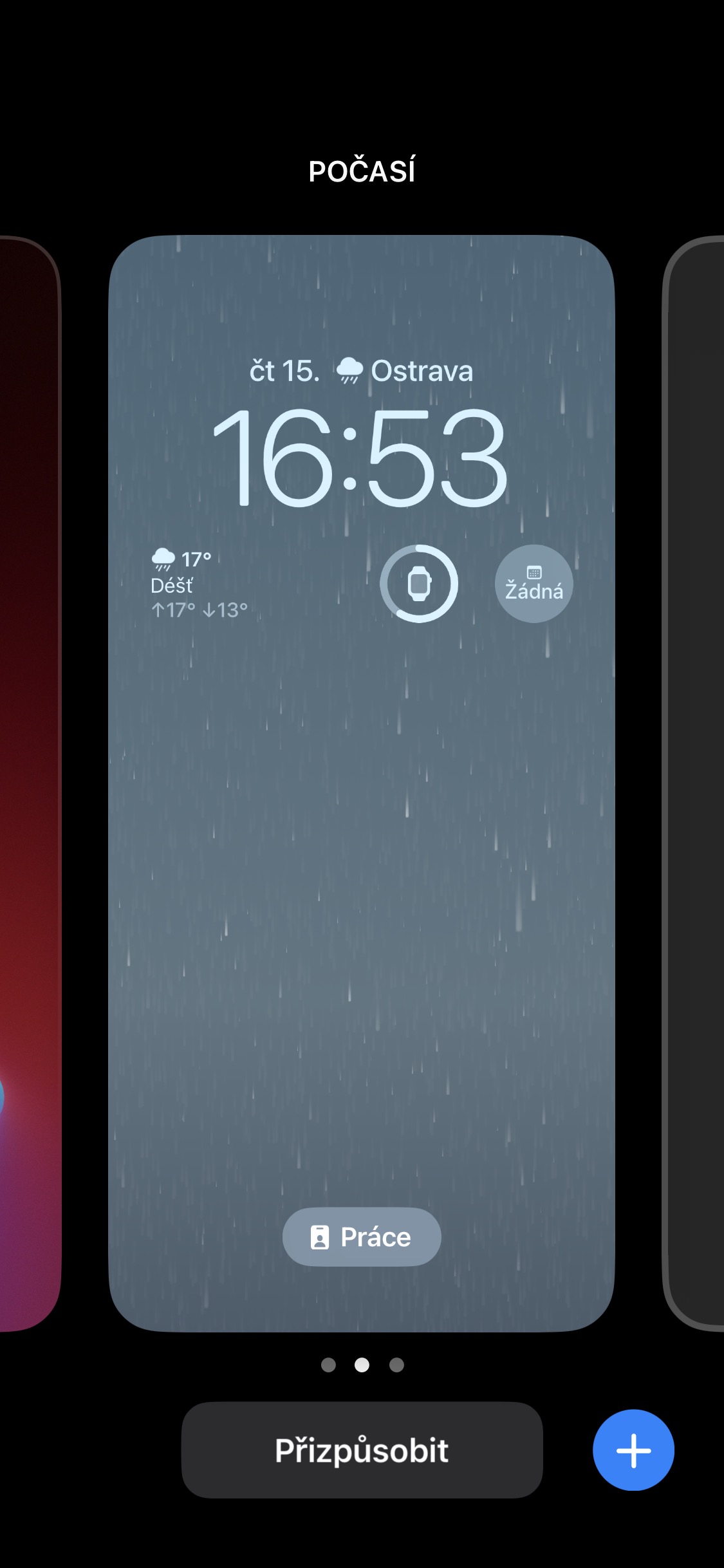
 Flying around the world with Apple
Flying around the world with Apple 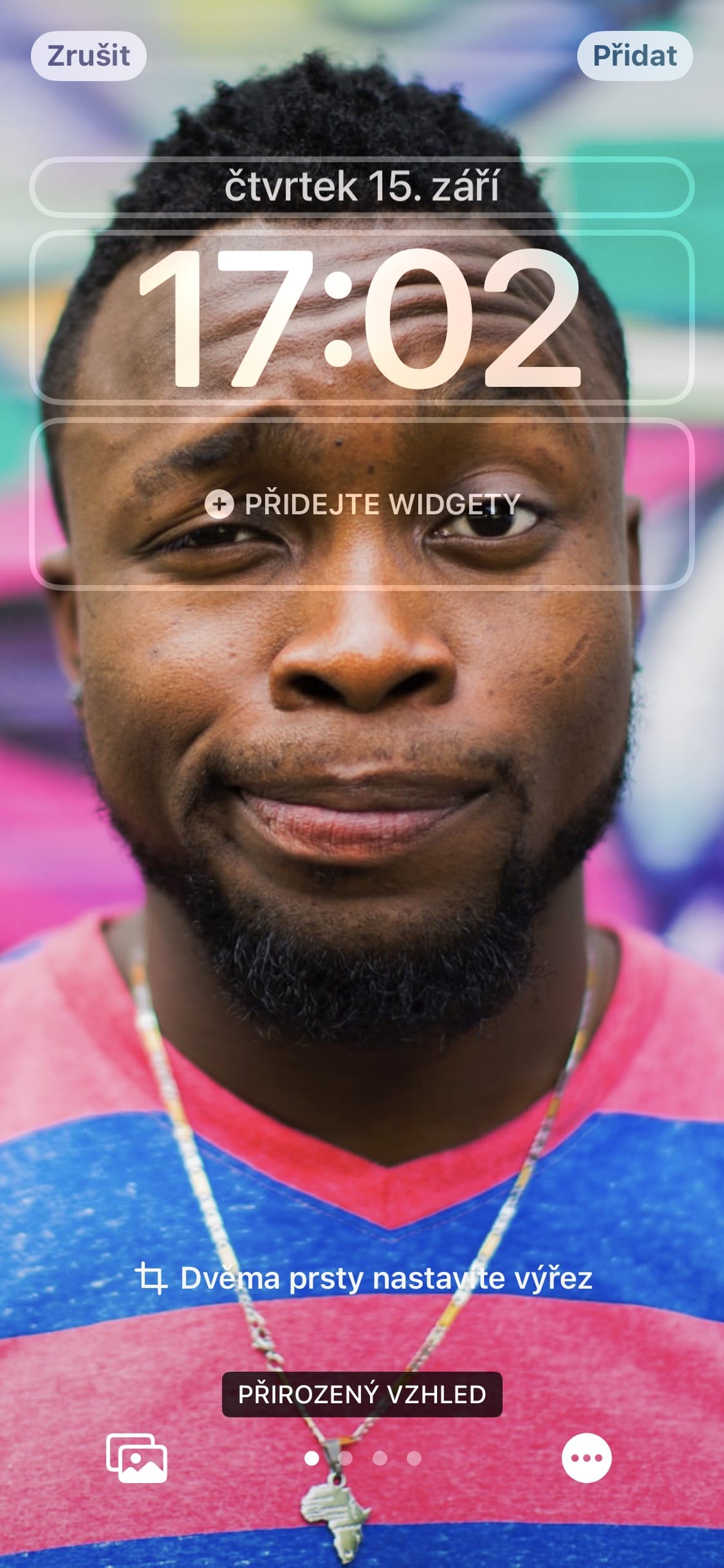
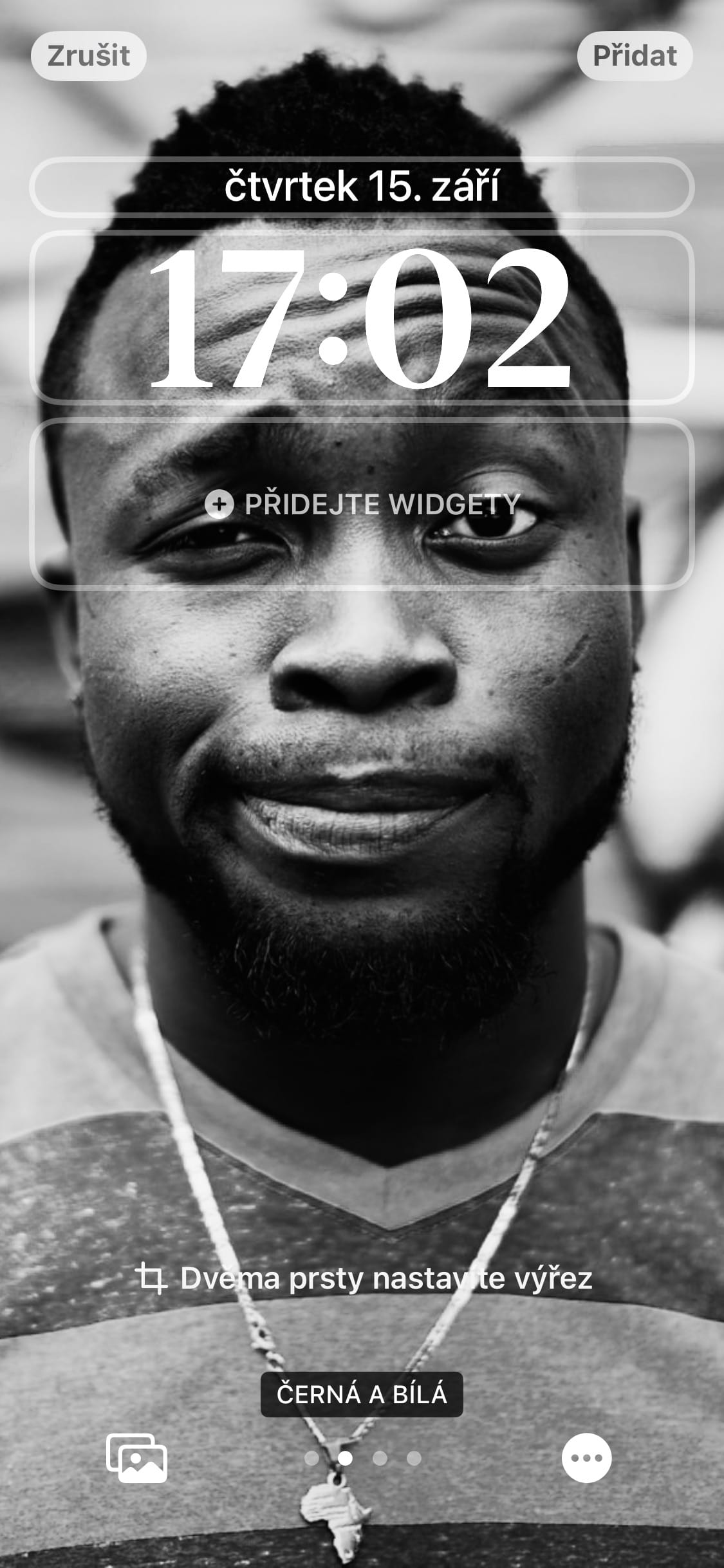

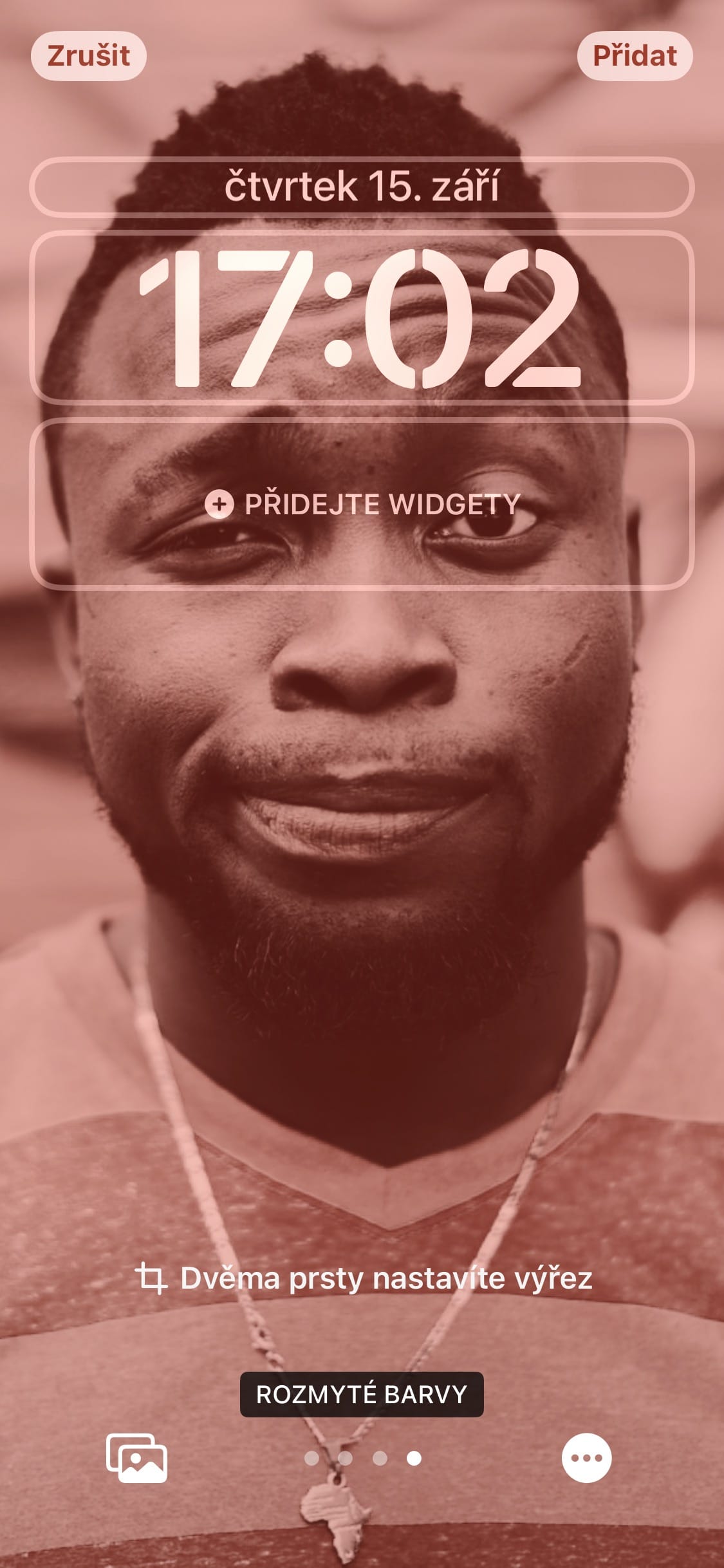
Why aren't all events displayed in the Calendar Widget on the lock screen? We downloaded the calendar from the holiday and names and added birthdays of contacts to our calendar, and the Widget does not show these events.